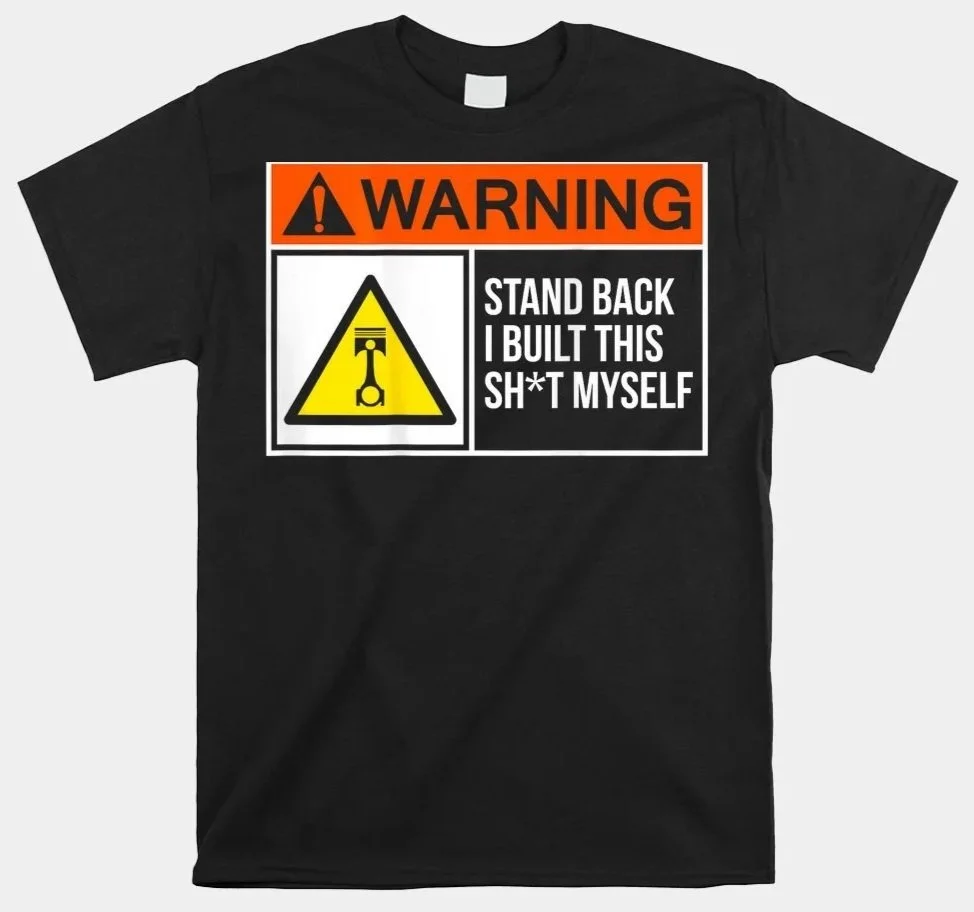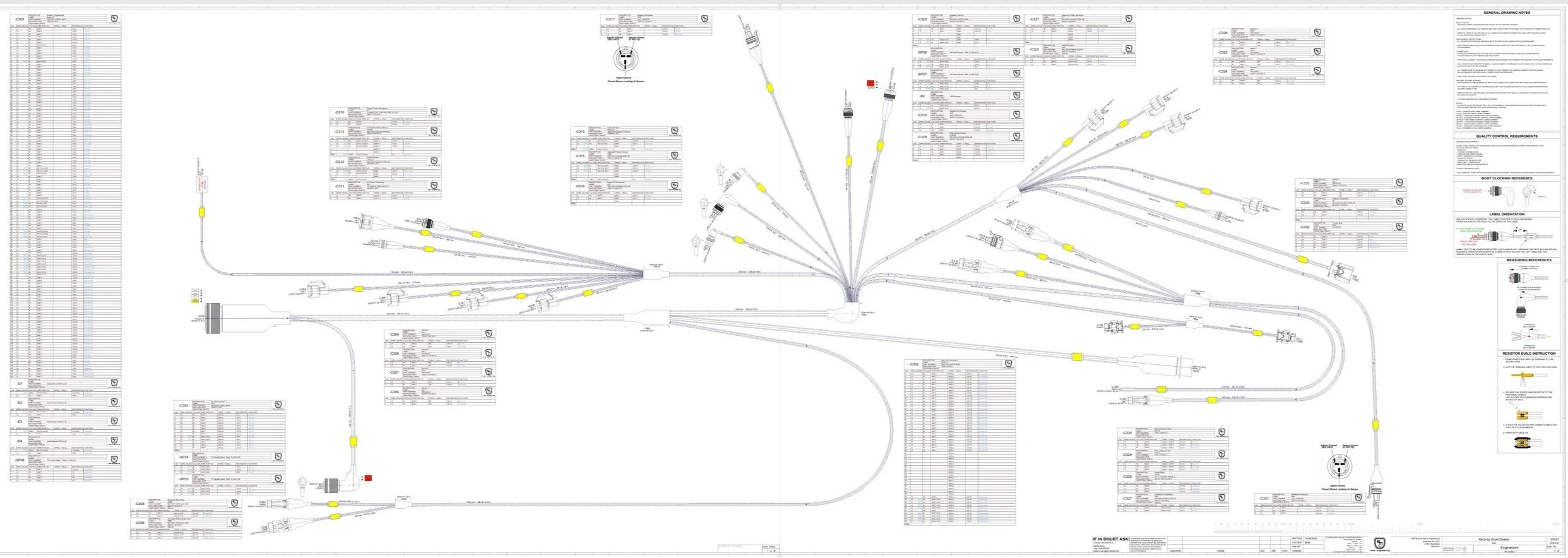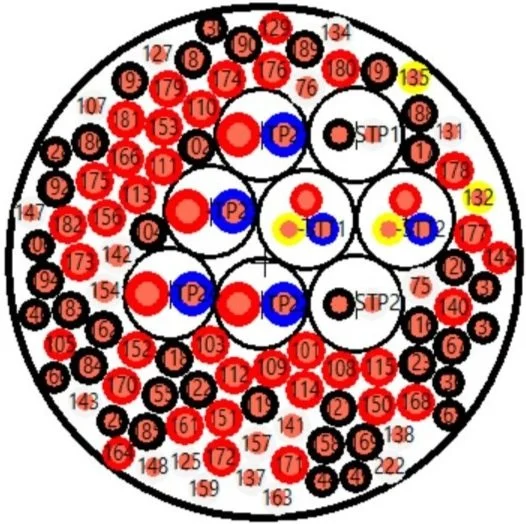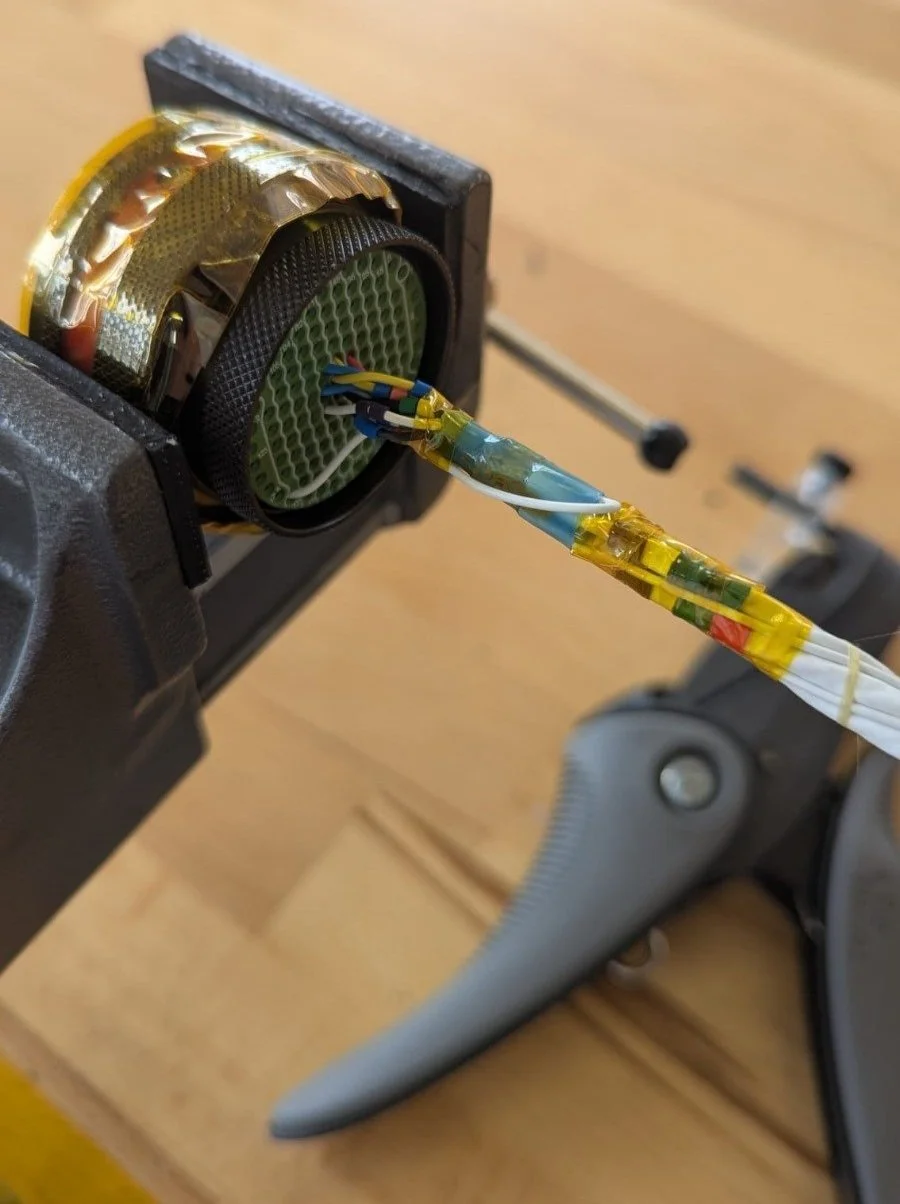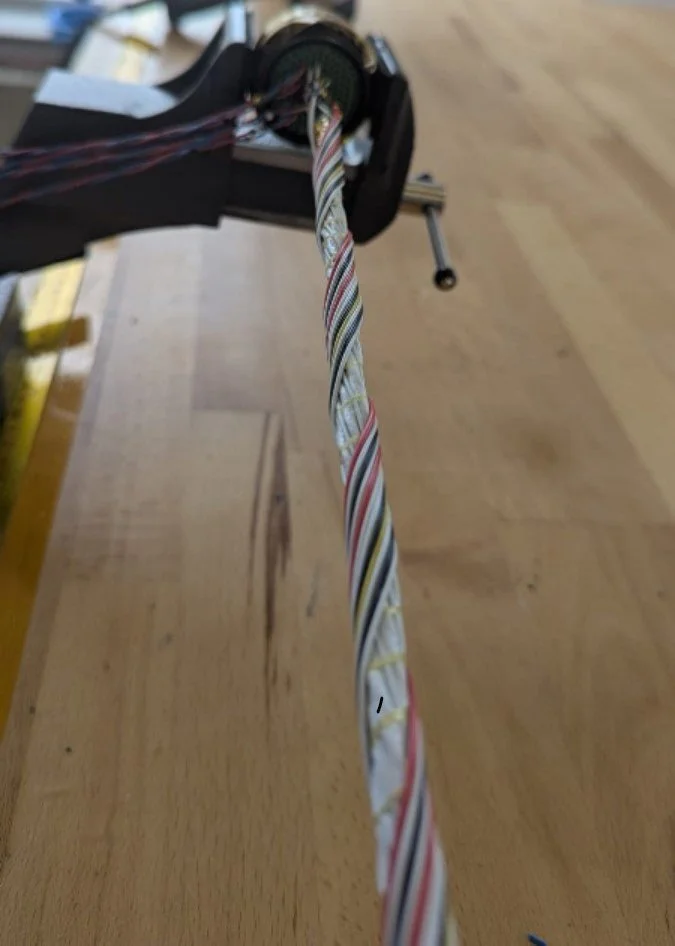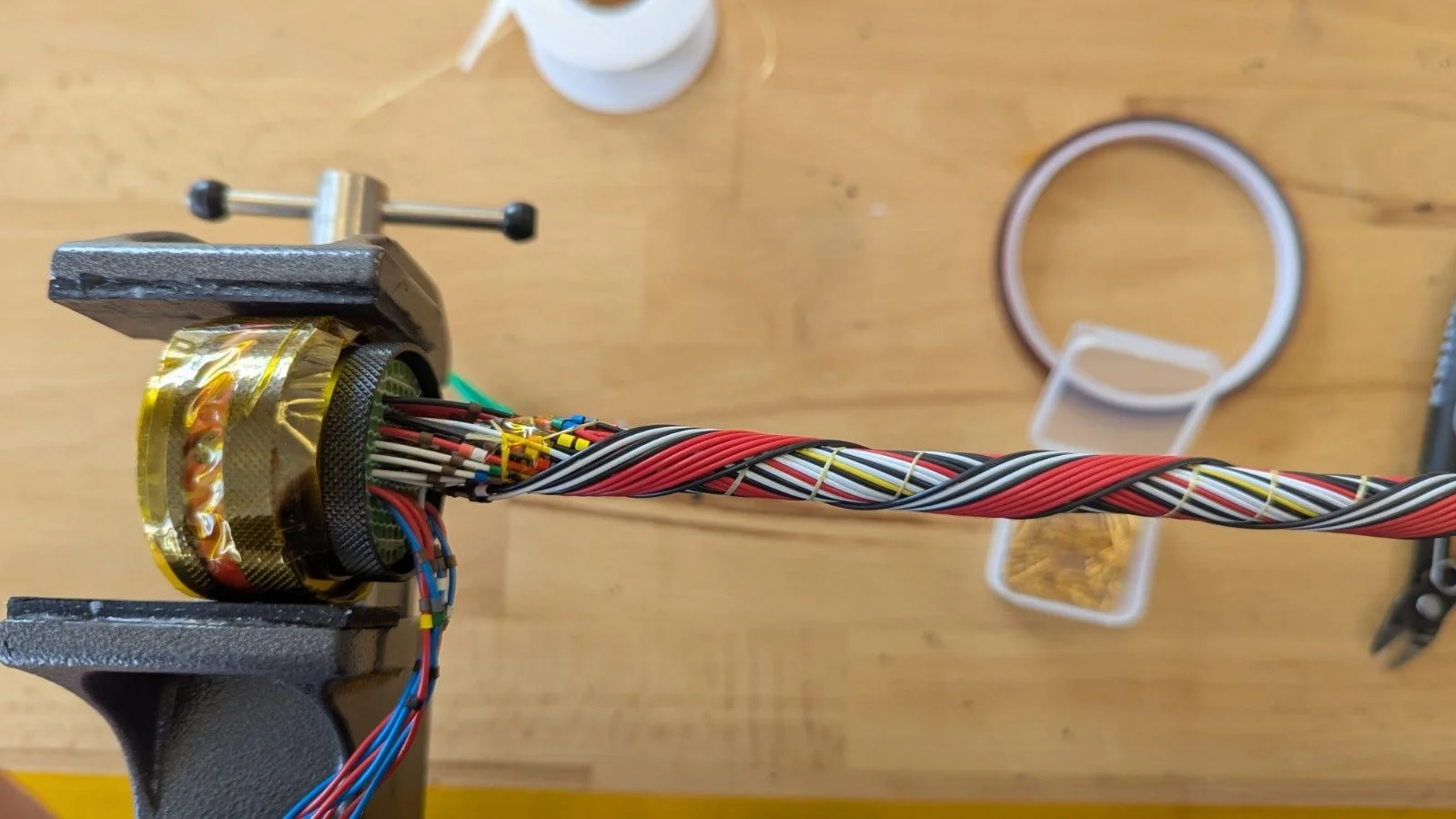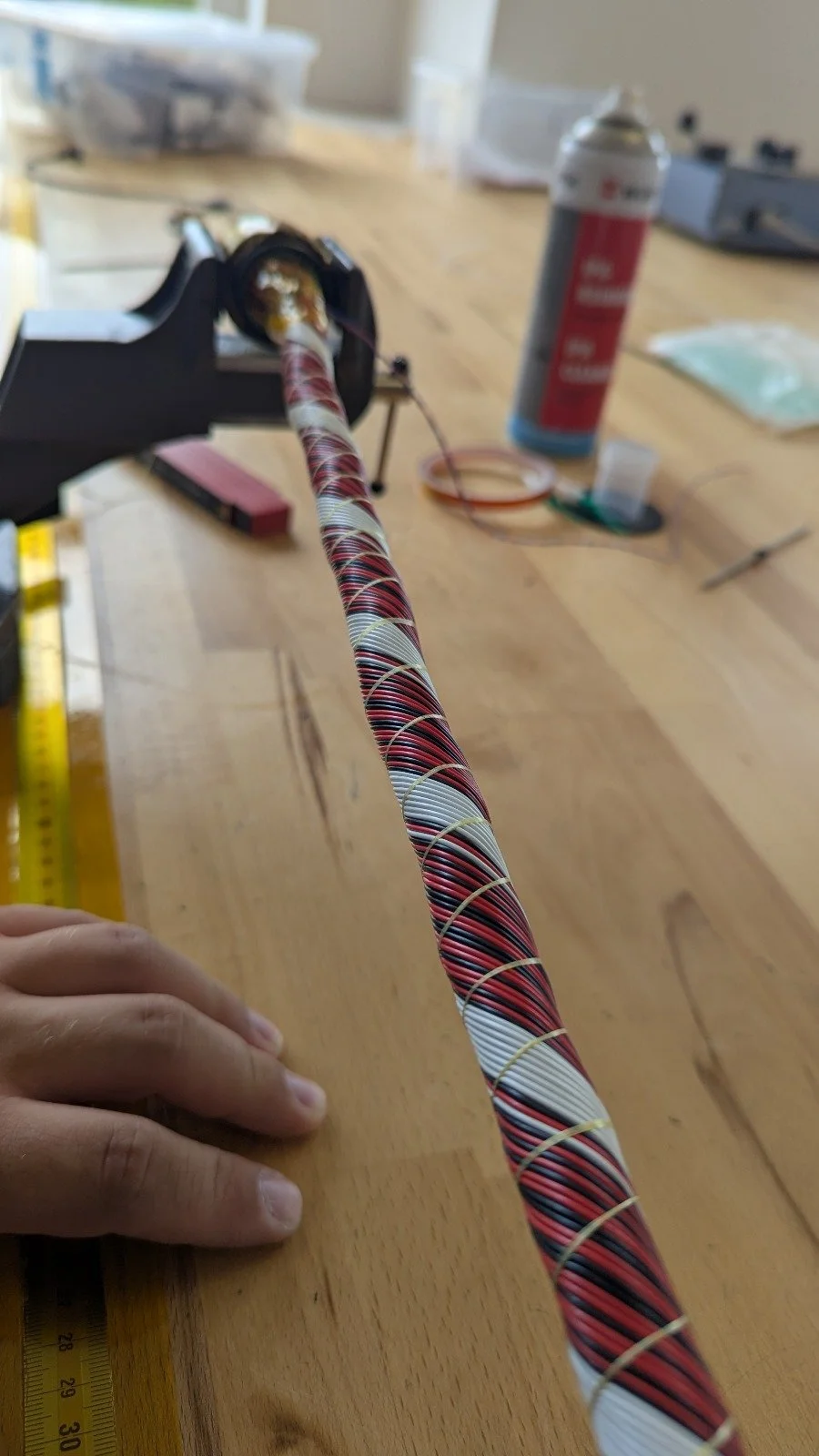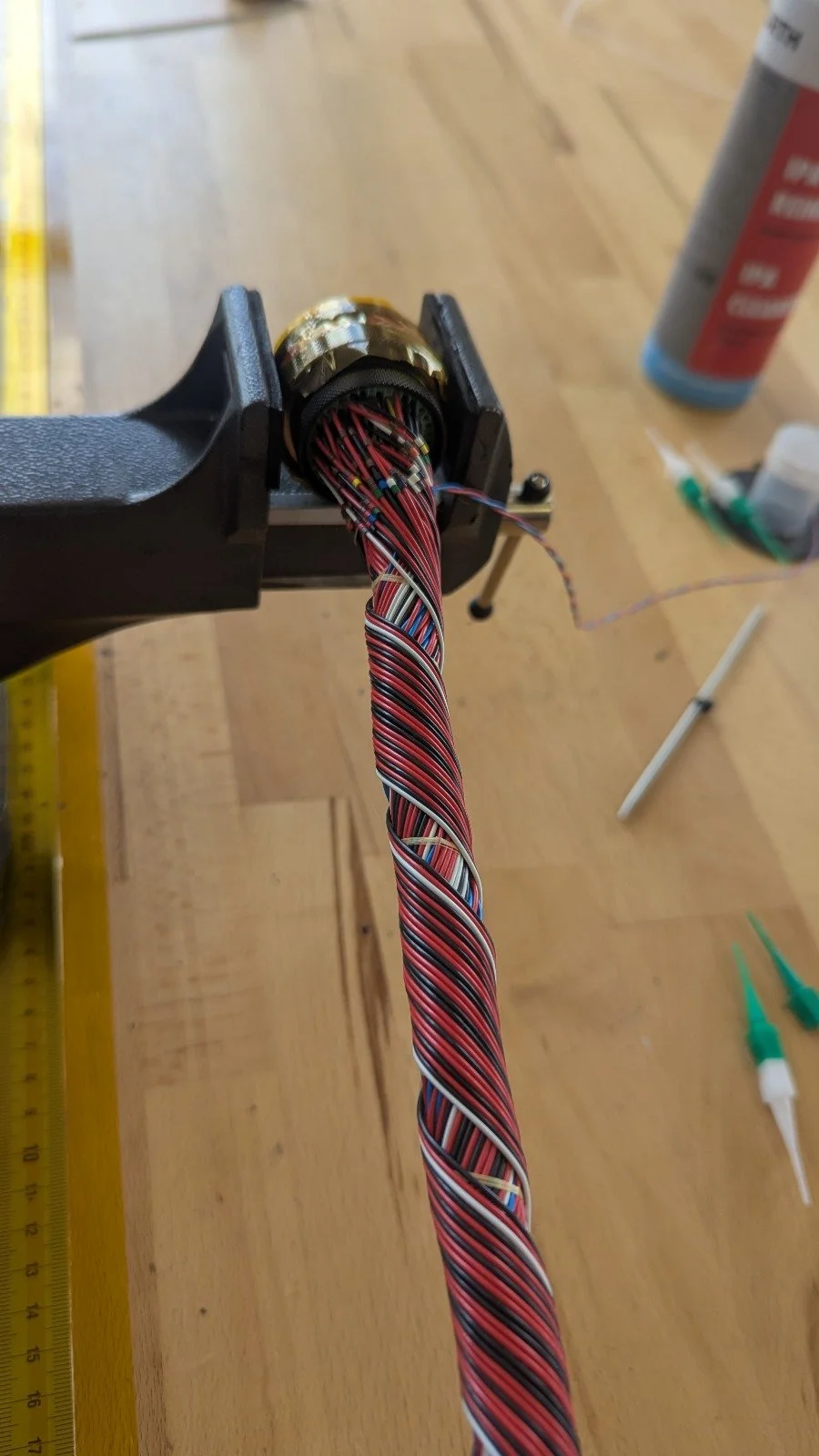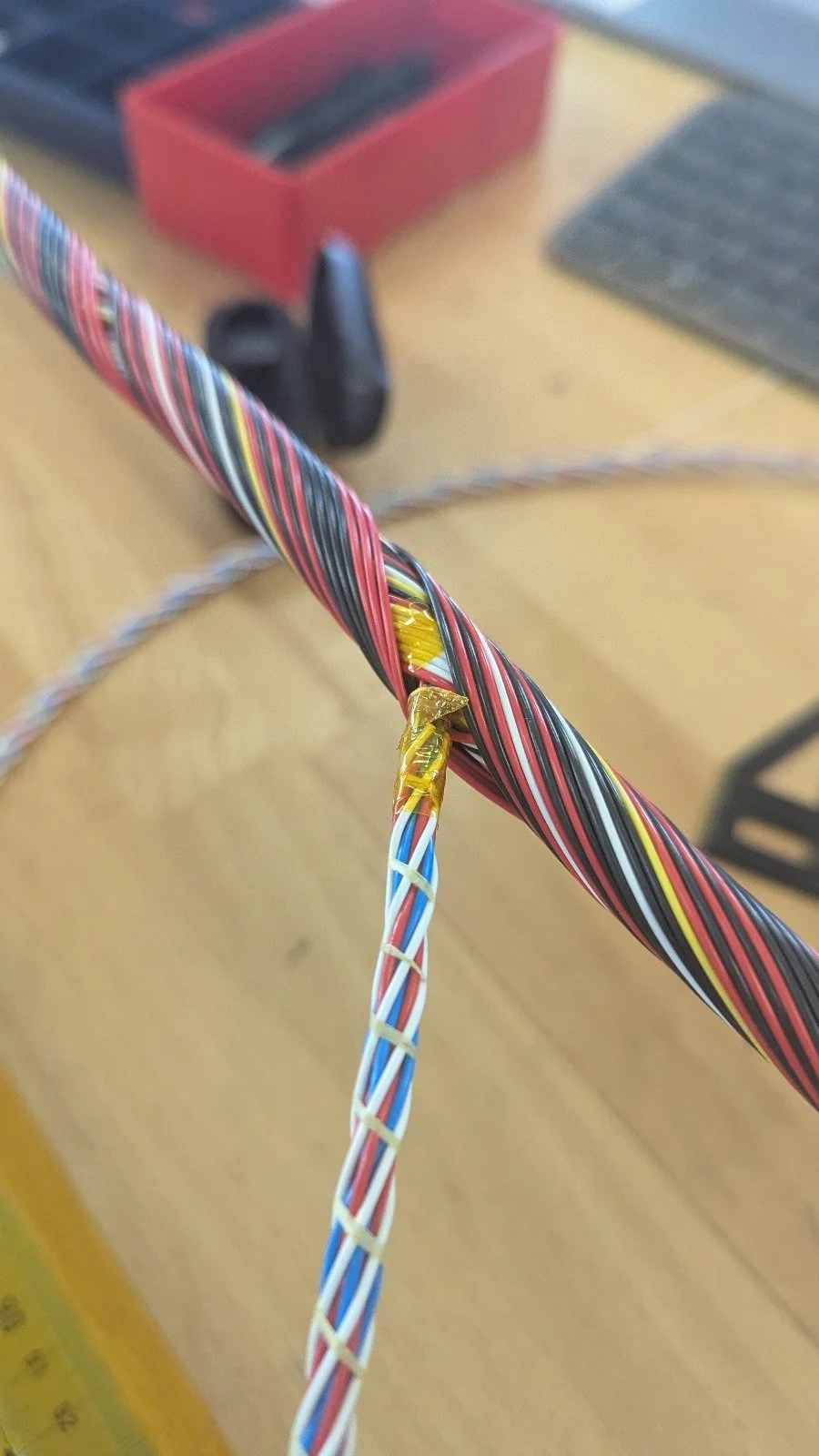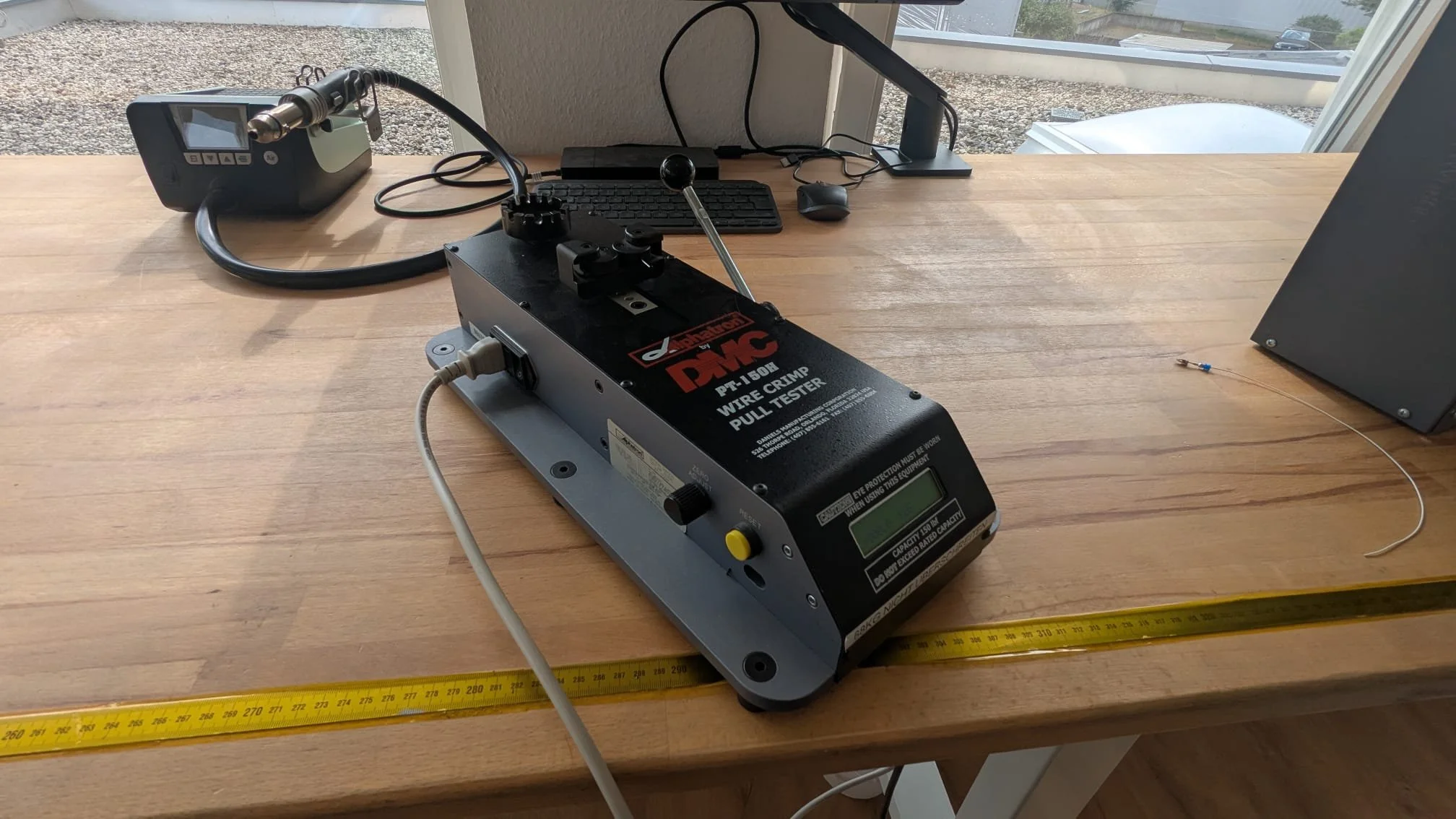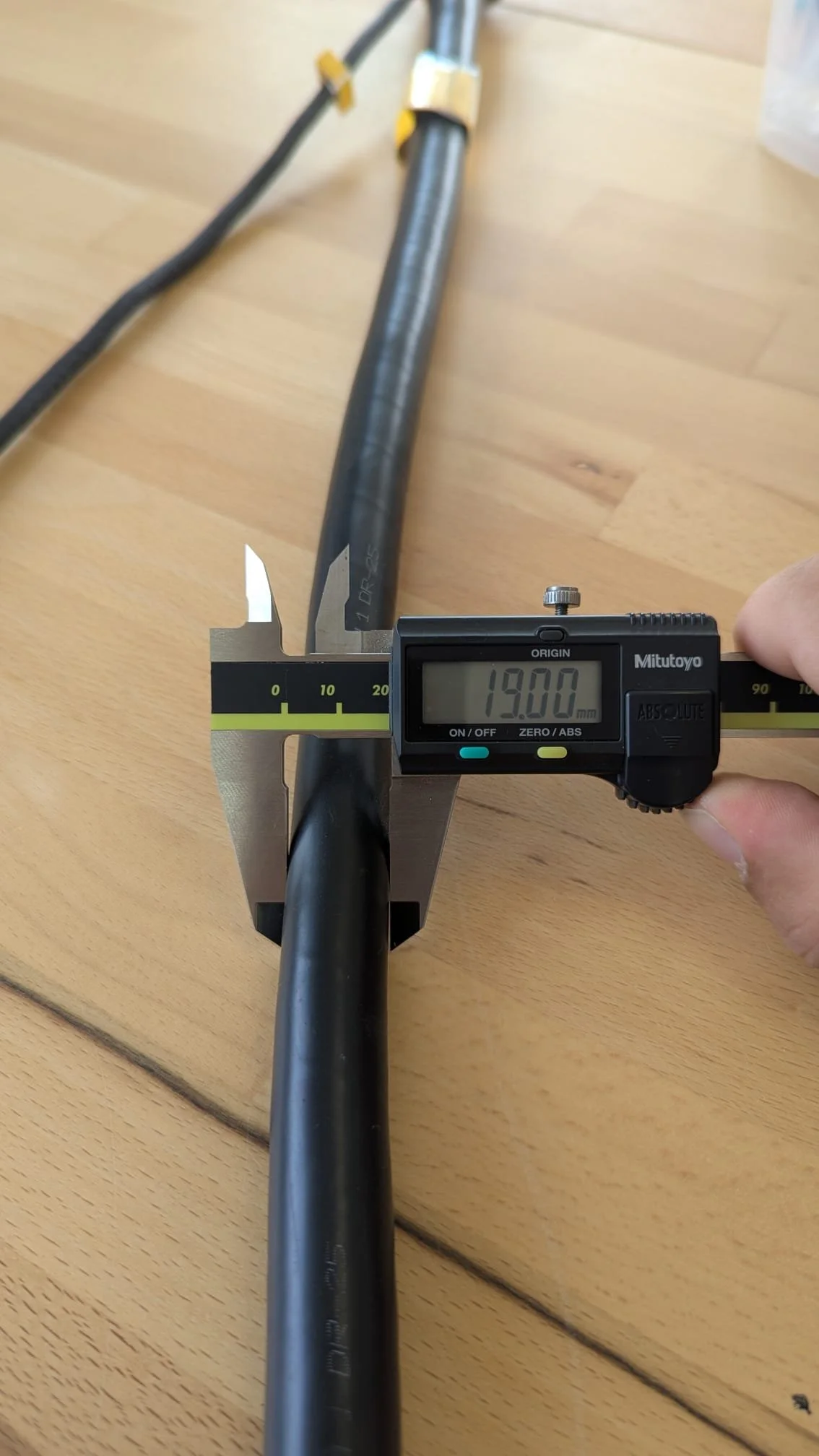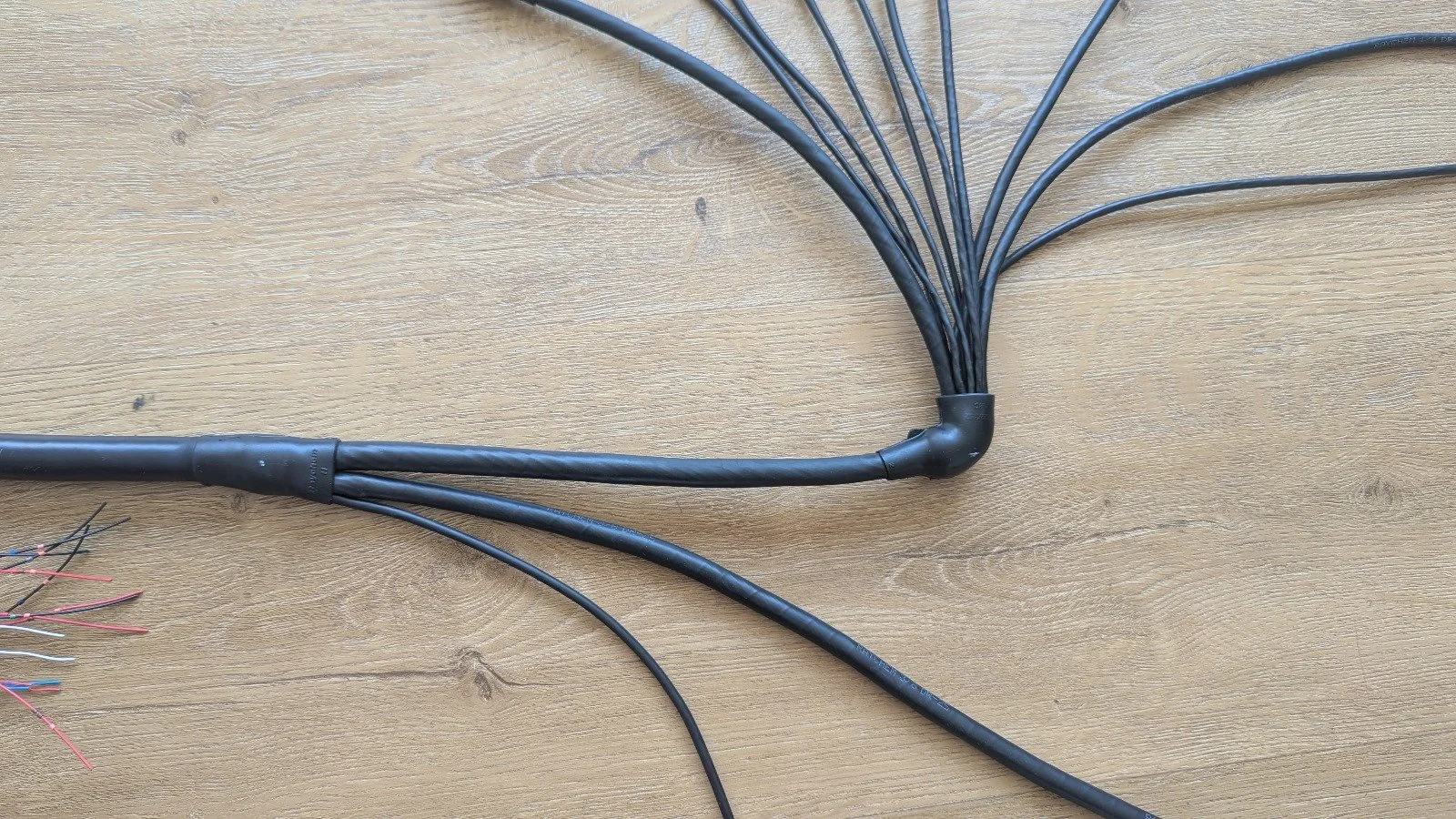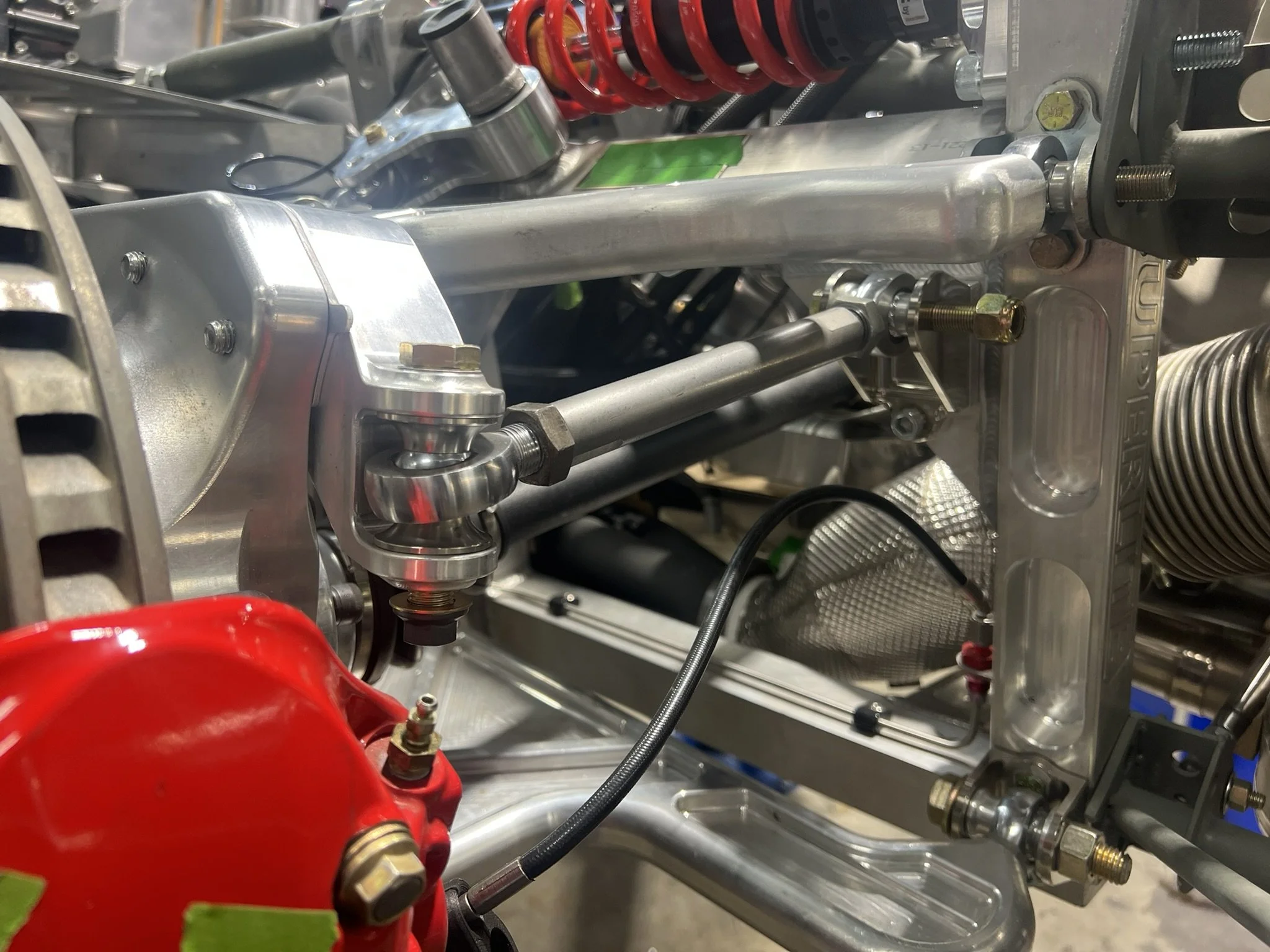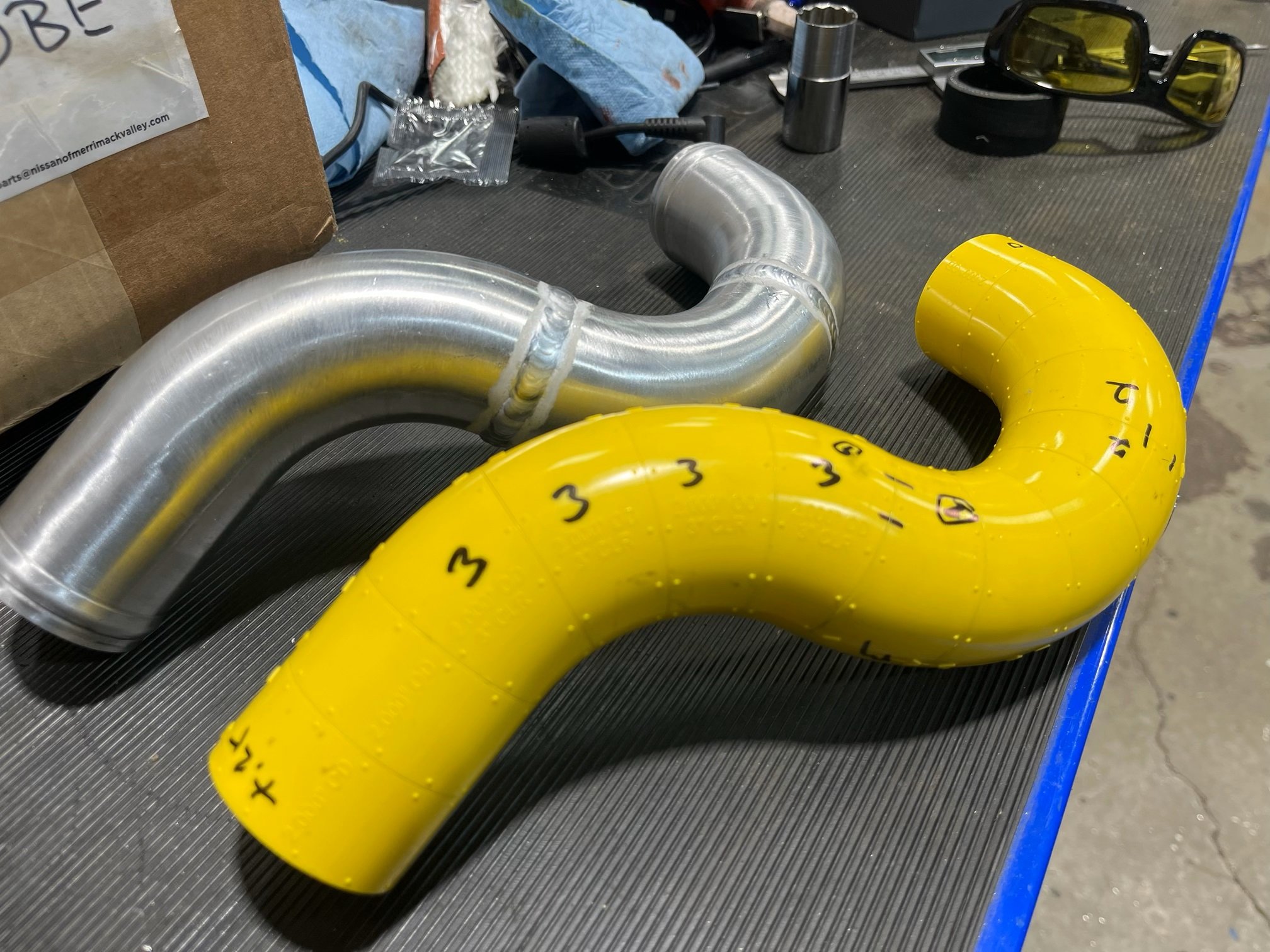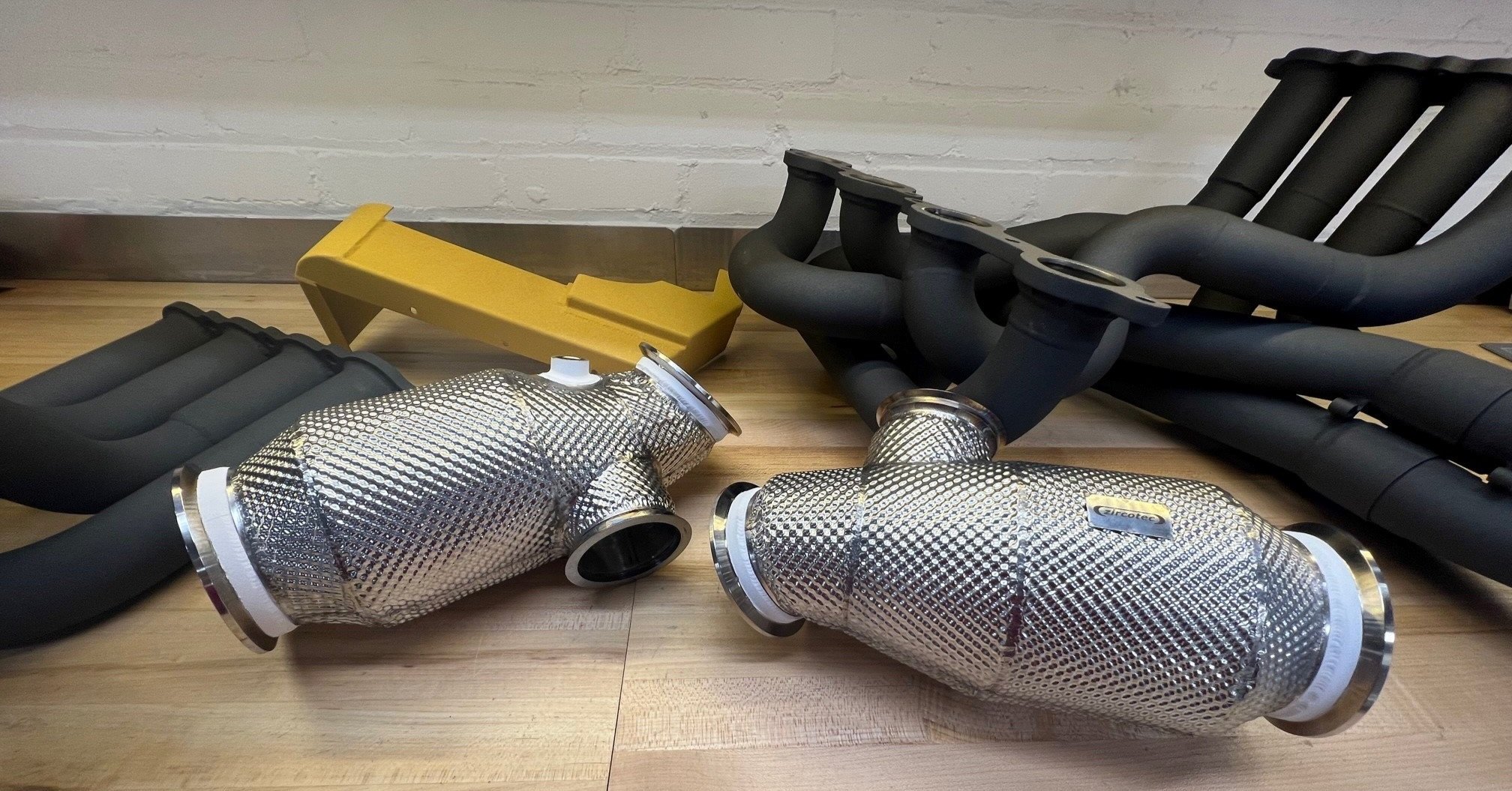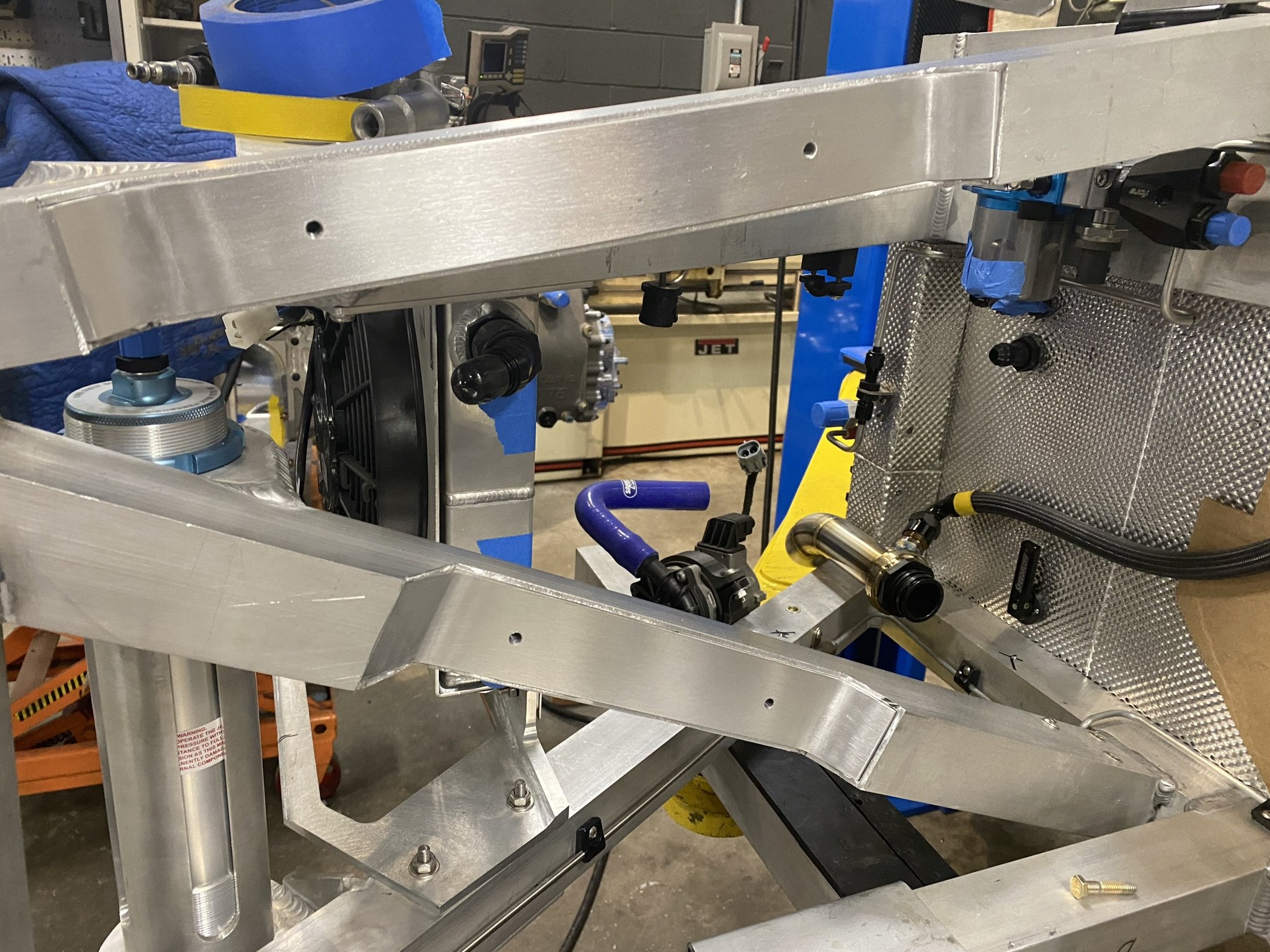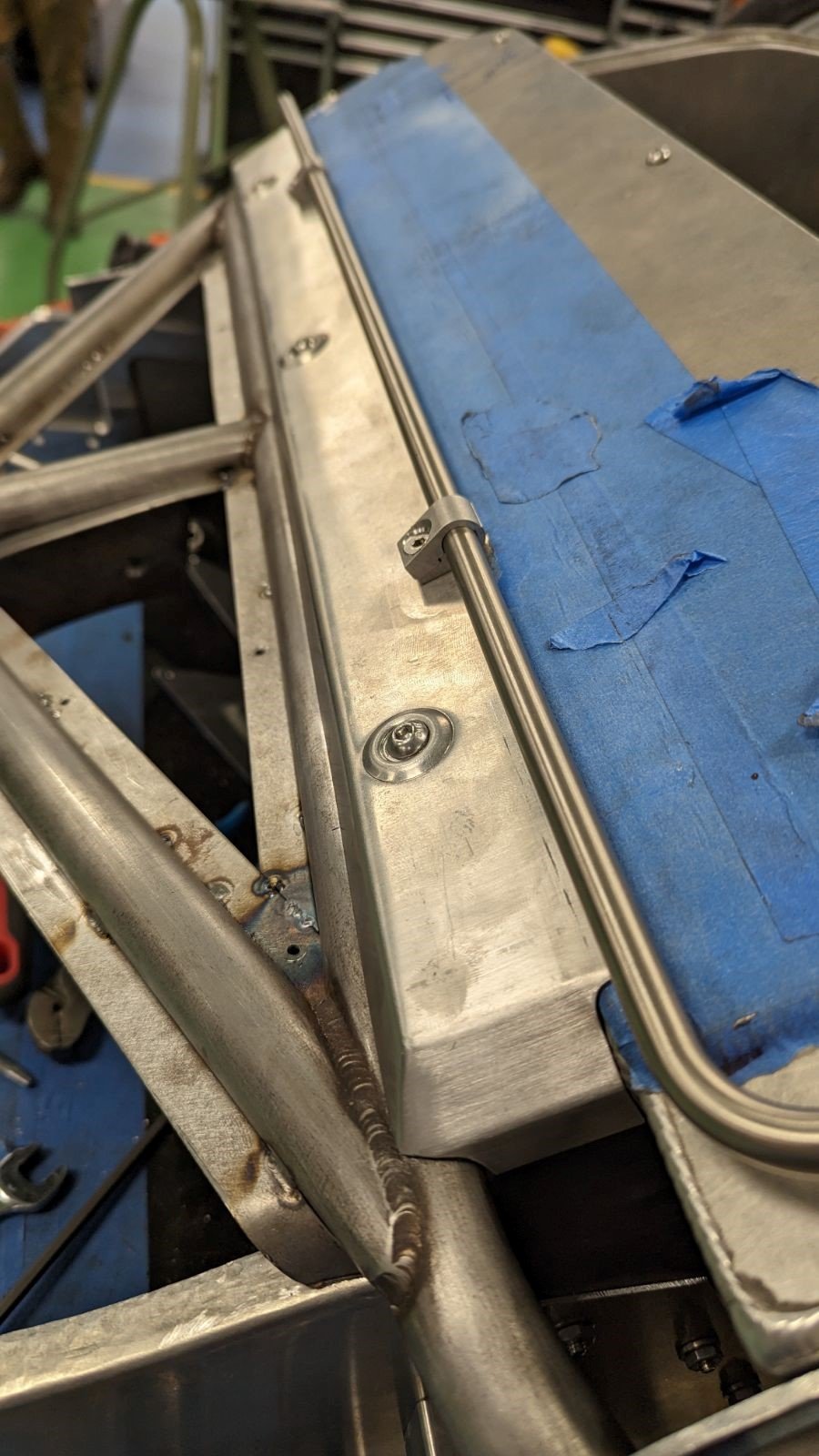The TracTive ACE dampers can transition to any desired stiffness setting in 6 milliseconds. According to the manual:
To dampen the wheel and body movements, the motion of the vehicle is monitored. The following axis are included:
Vehicle Vertical Axis (Z-Axis)
Vehicle Lateral Axis (X-Axis)
Vehicle Longitudinal Axis (Y-Axis)
The following signals are used for monitoring:
LATERAL acceleration
LONGITUDAL acceleration
The following signals are used to calculate the current driving situation:
Control of the damping action for the vertical movement of the vehicle can be subdivided into comfort and safety. The ACE system is set to use a small amount low-speed (body) damping to enhance comfort. At the same time, the wheels may not loose contact with the road-surface. Depending on the situation, the TCU control algorithm should shift towards optimized vertical force transmission.
Lateral G-force
The ACE system is able to detect steering input by monitoring lateral G-force. (e.g. transition from driving in a straight line and into a corner) When a rapid enlargement of the lateral G-force is detected, the TCU concludes that cornering has begun. As a result, the dampers can be adjusted accordingly. This means that the ACE system can be used to reduce the rolling motion of the vehicle. This “anti-roll” behavior is programmed inside the TCU and is specific to each application.
Longitudinal G-force
Using the longitudinal G-force, the ACE system is able to determine whether the vehicle is accelerating, braking or moving at constant velocity. During (excessive) braking, the vehicle would normally see a pitching motion. While the acting G-forces are detected by the TCU, this pitching motion can be counteracted by increasing front damper stiffness. Based on the G-force-rate and/or the absolute G-force, it is determined how much increase or decrease in damping is required for optimum wheel and body control. The same goes for sudden accelerations, depending on the application, either a stiffer or softer damper is required to gain maximum grip on the driven wheels. This is done by using the longitudinal G-force together with the control algorithm in the TCU.
Combined G-forces
Combining both longitudinal and lateral G-force, actual driving situations can be extracted from the sensor data. Different damper behavior can be set for all kinds of combinations. Going through the same corner with the same speed, once on the brakes and once on power, you would see totally different damper settings for all individual wheels. This is how the ACE system increases safety, more grip, more control and better predictability.
The control panel shown above enables the driver to dynamically control the following four settings:
FRONT damping adjustments gives you control over the damper stiffness over the whole axle and not the individual dampers.
REAR damping adjustments gives you control over the damper stiffness over the whole axle and not the individual dampers.
ROLL support allows you to adjust the percentage of damping that is added when G-force is detected in the LATERAL motion to support the chassis thru the dampers while entering and moving thru the corners.
PITCH support allows you to adjust the percentage of damping that is added when G-force is detected in LONGITUDAL motion. This can be braking and or accelerating of the vehicle.
These settings can be be stored in five different tunes which can be activated via CAN bus messages.
The primary challenge to the upgrade is that it’s more complex than just getting the dampers to fit. The valving, spring rates and bump stops need to be engineered. I subsequently learned that Henry Nickless with Chiron World Motorsports is building two high-spec Lambo V10 SL-Cs with TracTive dampers. He has extensive experience building and racing LMP cars and setting up suspensions on a wide-range of cars, so I’ve been working with him.
Starting with first principles, the chassis and suspension were scanned and a 17-page vehicle dynamics report. The good news was that the front suspension geometry was spot on and there was no need for any changes (the rear didn’t fare as well, more about that in a later post). We opted for a hydraulic nose lift that’s seamlessly integrated into the top of the damper rather than the typical cups that go around the shock body. This approach has several advantages:
The springs are standard length which provides increased suspension travel, especially after a bump stop and bump springs are added.
It’s more compact which results in less weight.
The hydraulic ram is located at the top of the damper, so it’s weight is sprung. The cups have a larger OD which often collides with the upper control arm, resulting in the shock being inverted and the weight becoming un-sprung.
The downside is higher cost and that the shocks are longer.
